Steel is durable, conducts heat well and will last you for years. Since it has partial natural non-stick properties (but with proper initial firing and maintenance), it does not need further surface non-stick treatment. This makes cooking on steel gentle and health-safe.
Want to cook more efficiently, healthier and easier? Then it is certain that a quality non-stick pan will become your best friend in the kitchen. If you are wondering what the non-stick properties of modern surfaces are, why at least one such quality pan is absolutely indispensable in the kitchen today and, most importantly, how to choose the right non-stick pan, stay tuned.
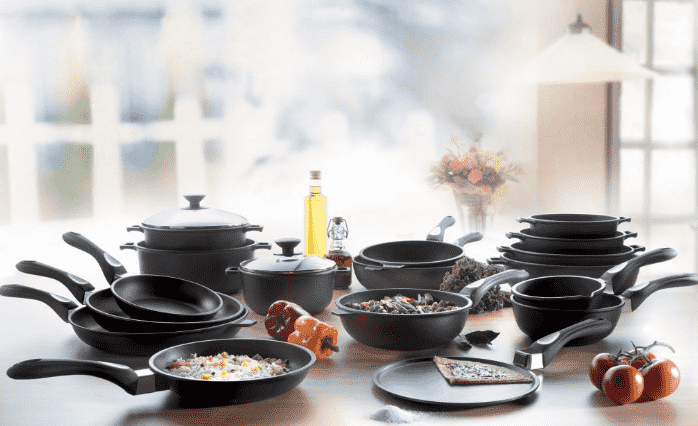
A little history: from Teflon to titanium and diamonds
The origin of non-stick surfaces can be traced back to laboratories; its development began in the 1930s, when the compound PTFE, now well known as Teflon, was discovered. From its original military applications, it soon found its way into our kitchens thanks to its heat resistance, near-perfect non-stick properties, ease of cleaning and ability to cook with minimal fat.
But nothing is rosy, and health concerns led to the development of ceramic non-stick coatings that offered improved durability and safety, and even variants with titanium and diamond finishes for even better resistance and thermal conductivity.
In Kulina you can choose from a wide range of non-stick pansfrom traditional aluminium to steel, iron or cast iron to luxury titanium. Each material brings its own unique characteristics, be it durability, healthiness, thermal conductivity and, last but not least, the price tag. Let's explore together which pan will be the best choice for your kitchen.
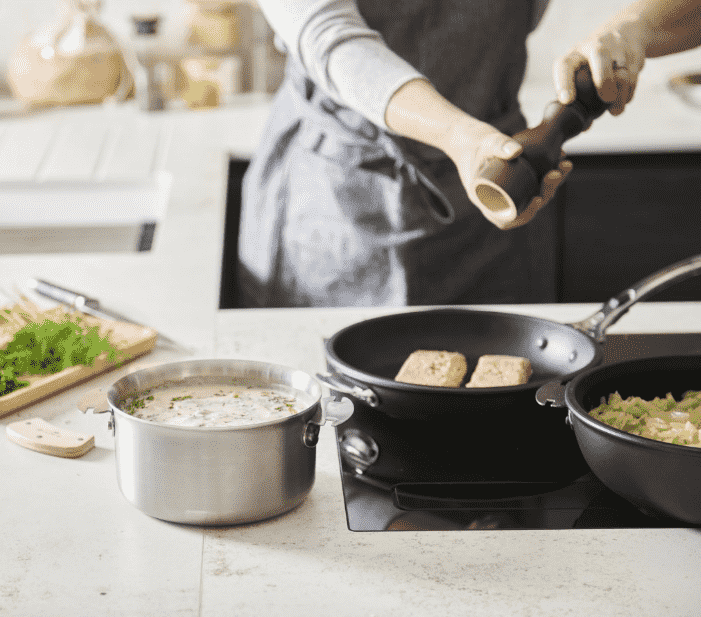
of non-stick pans
Non-stick pans offer a number of benefits that everyone who steps up to the stove will appreciate. Let's take a look at some of the key benefits that non-stick pans bring:
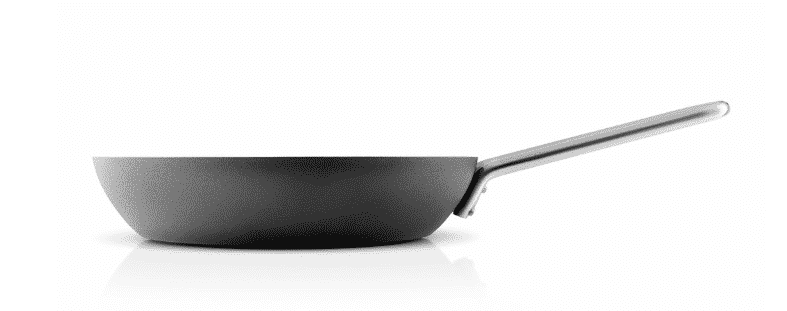
A few disadvantages to consider for some materials
Although non-stick pans generally offer a number of advantages, care must be taken to select the correct material and to know its limits.
- Limitations at high temperatures and the use of metal tools: A major disadvantage of some non-stick pans is their limited resistance to high temperatures, which can damage the non-stick surface and shorten the life of the pan. Care should also be taken to use utensils that do not damage the surface - so replace metal tools with wood or silicone for more susceptible finishes, typically Teflon or ceramic.
- Wear and tear and need for replacement: Hoses with an applied non-stick coating do not have as long a service life as their steel or cast iron counterparts. After some time of use, the surface can become damaged and lose its non-stick and safety properties, despite proper care.
- Possible health risk if the surface is damaged: When the non-stick surface of a pan is damaged, particles or chemicals can be released that can be potentially harmful, and this is especially true for older pans with PTFE-based coatings (such as Teflon). Fortunately, with newer technologies and materials, these risks are minimized, but it is still important to pay attention to proper care and timely pan replacement.
Best non-stick pans according to customer reviews
How do the different materials stand up?
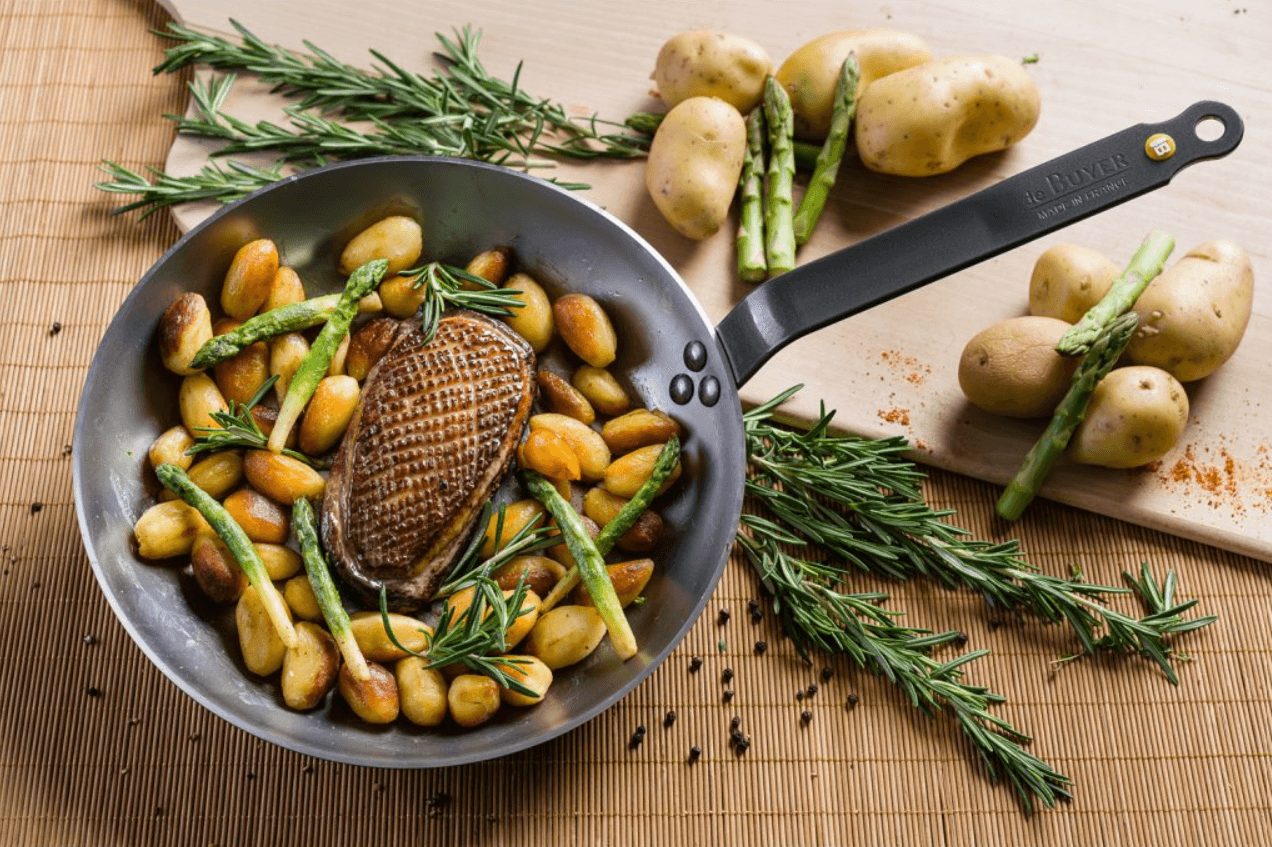
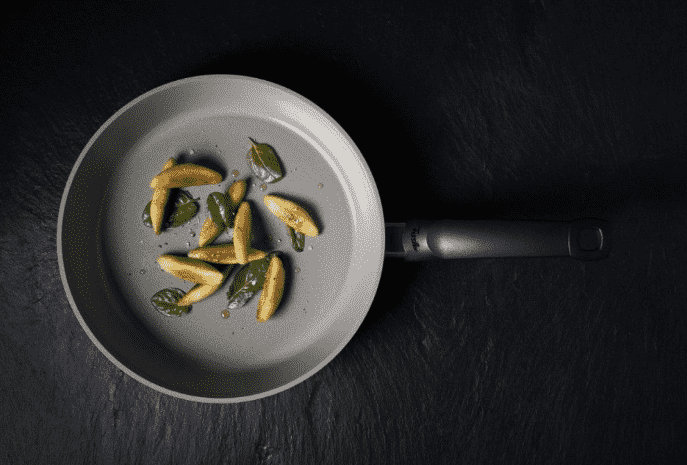
What can we say, the white ceramic surface of the pans is elegant and beautiful. However, the non-stick itself is not the best, so you need to use at least a little grease. However, a ceramic pan is easy to maintain and is a bit more durable compared to Teflon, for example, and you won't scratch it as easily.
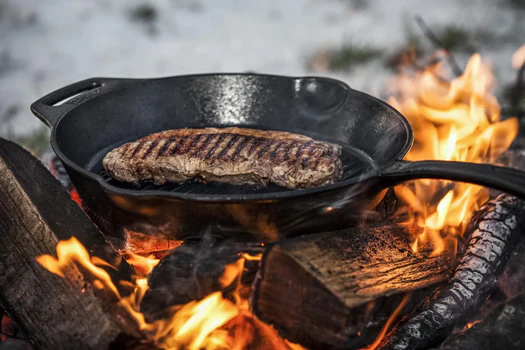
Cast iron is another material that is natural, non-toxic and partly naturally non-stick. A cast iron pan will reward you for proper maintenance with a long life, extreme and dimensional stability.
The advantage is that you can safely use the cast iron pan on any type of stove, including induction. After the initial firing and repeated use, the non-stick properties continue to increase.
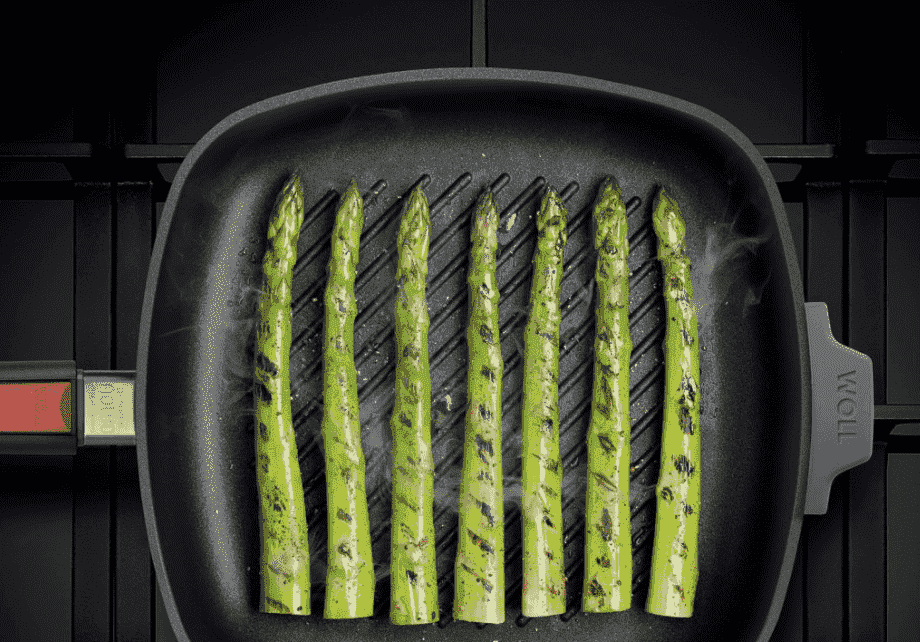
A titanium pan will give you exceptional abrasion resistance and long life. Titanium cookware combines good thermal conductivity with a very decent level of non-stick to ensure efficient and healthy cooking.
Titan is also lightweight, easy to handle and easy to maintain, even in the dishwasher. It may seem that titanium pans are full of advantages, but be prepared to pay a little extra for these benefits compared to other materials.
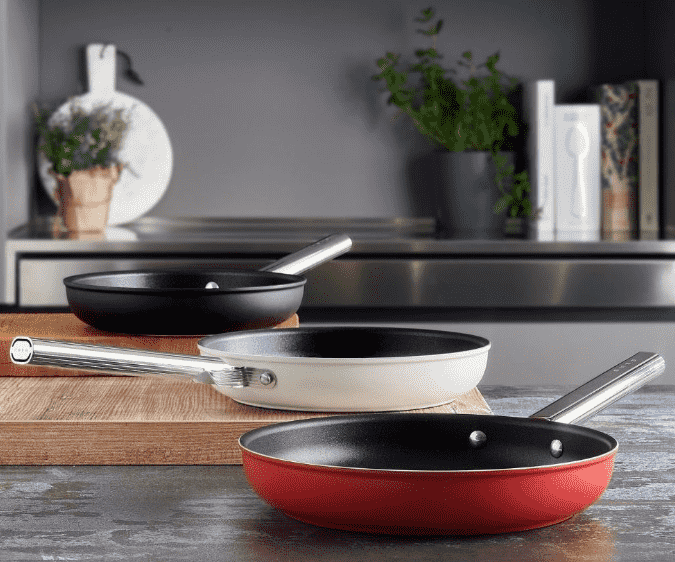
Aluminum itself is not exactly the best candidate for healthy cooking. That's why aluminium pans have a non-stick coating that protects the food and ensures easy preparation.
Aluminium pans are generally lightweight and also affordable, but the disadvantage is that, especially with cheaper models, they can be easily damaged, either by deformation at higher temperatures or by scratching the non-stick coating. So, as elsewhere, it is worth investing in a quality pan from a proven brand.

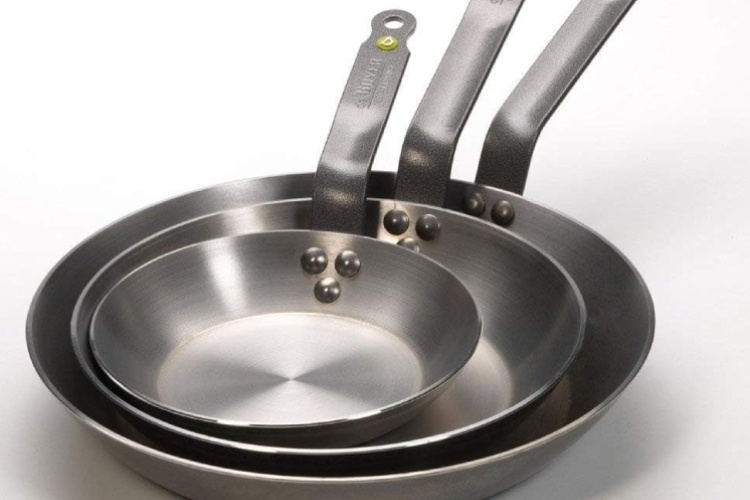
Silicone, wooden and plastic utensils
Modern cookware with a non-stick surface is now quite scratch-resistant in some variants. However, it is still worth using utensils made of materials that eliminate the risk of damage, such as wood, plastic or silicone.
